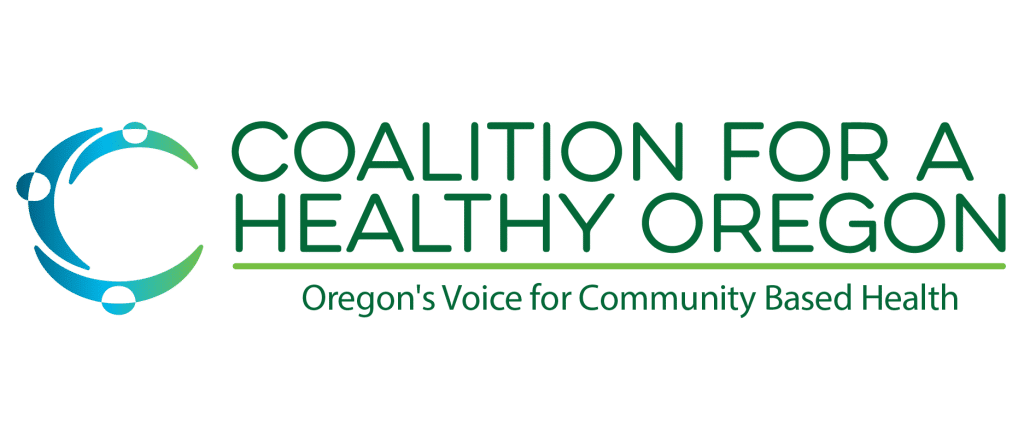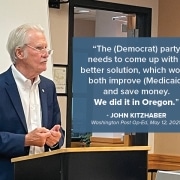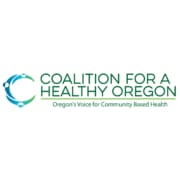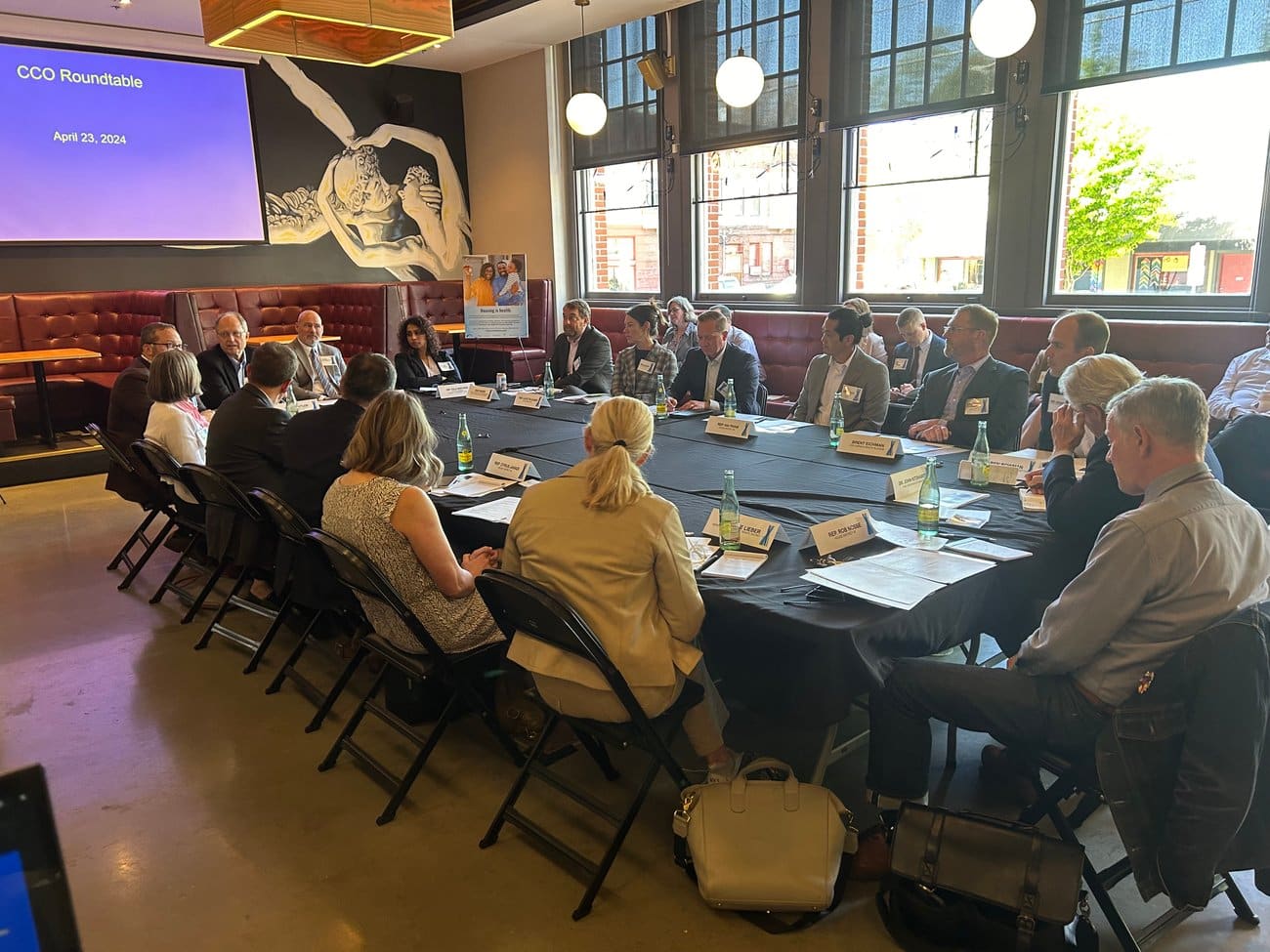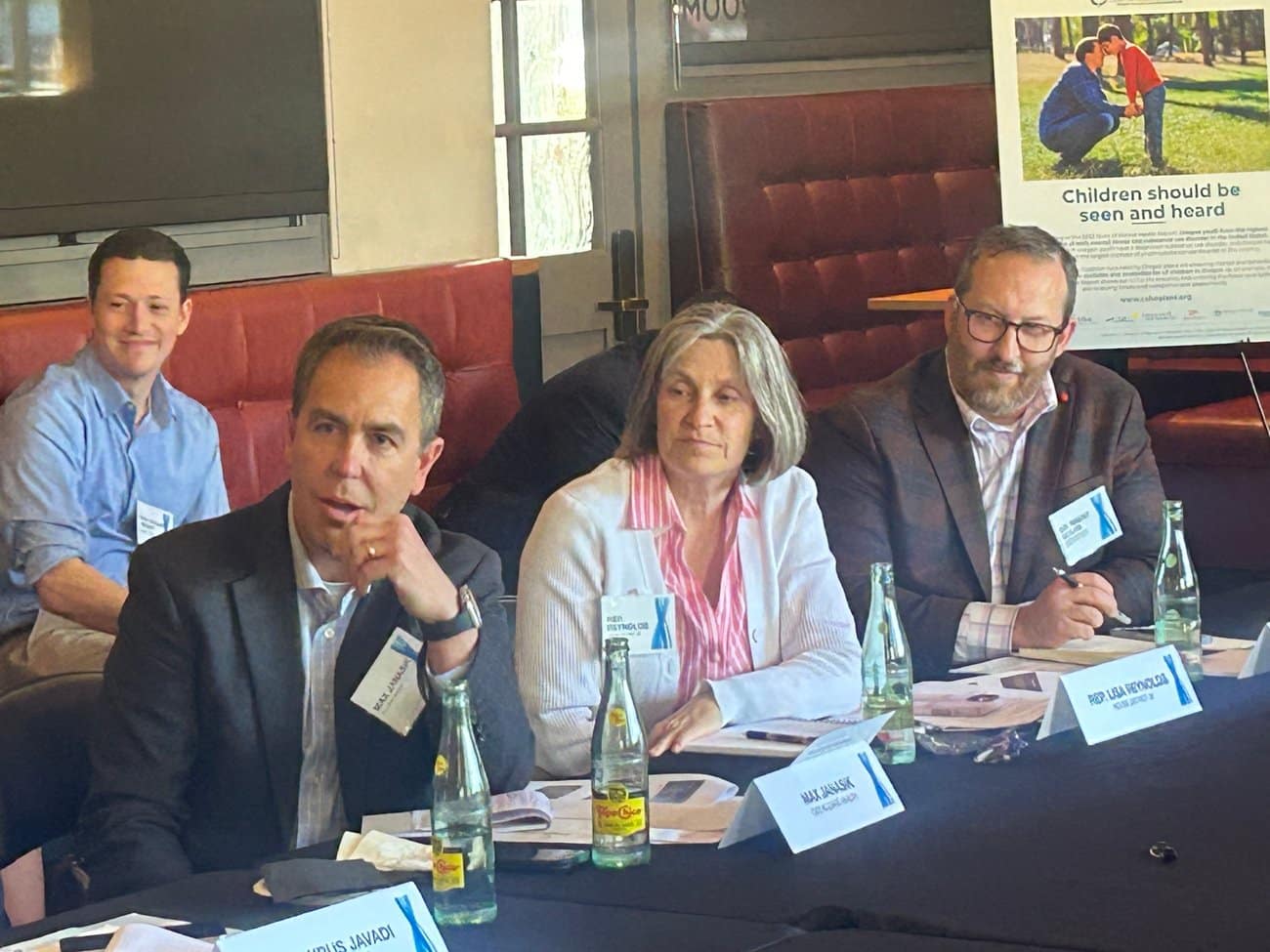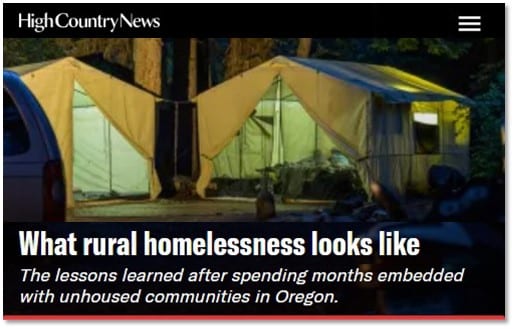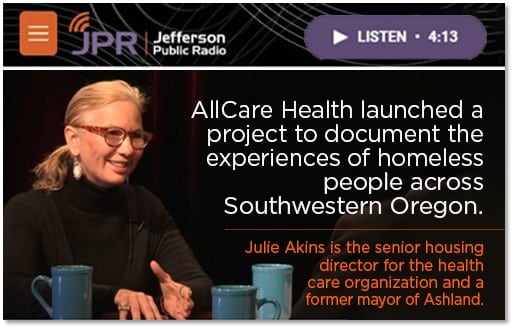CCOs strategize on improving care during pregnancy and infancy
If Oregon’s coordinated care model was designed in part to invest upstream in healthy communities, then it doesn’t get any more upstream than early childhood and maternal well-being.
State health officials, lawmakers, and directors of coordinated care organizations (CCOs) gathered Aug. 14 in Salem for a roundtable discussion focused on improving quality of care for Oregonians. The focus was specifically on mental health, nutrition, and housing services for pregnant women, mothers and young children to improve intergenerational health outcomes.
“Research shows that investment during the first 1,000 days of life has a monumental impact,” said Seamus McCarthy, President and CEO of Yamhill Community Care. “We can build on the success of the coordinated care model by investing more in the first 1,000 days of life, and take Oregon to the next level in health care transformation and innovation.”
According to the Centers for Disease Control and Prevention, the U.S. infant mortality rate rose 3% from 5.4 deaths per 1,000 live births in 2021 to 5.6 deaths per 1,000 live births in 2022. The rate was disproportionately high for Black infants, at 10.9 deaths per 1,000 live births; Native Hawaiian/Pacific Islanders, at 8.5 deaths per 1,000 live births; and American Indian/Native Alaskan, at 9.06 deaths per 1,000 live births.
Meanwhile, the mortality rate for mothers across the U.S. nearly doubled between 2014 and 2021, reaching as high as 32.9 deaths per 1,000 live births. That includes nearly 50 deaths per 1,000 live births for Black women.
The goal of the roundtable, sponsored by the Coalition for a Healthy Oregon (COHO), was to brainstorm ways that Oregon CCOs can leverage their resources and community partnerships to better care for moms and kids.
‘Crucible of Toxic Distress’
Former Gov. John Kitzhaber, who was instrumental in the creation of the coordinated care model in 2012, spoke about challenges for families seeking health care. Sometimes they are economic, he said. Sometimes they are due to an overly complex bureaucracy, or cultural differences like a language barrier that inhibit access.
Childhood poverty is especially insidious, Kitzhaber said. He said families struggling every day with economic insecurity live in a “crucible of toxic distress.”
“Therefore, I think the first pillar of our innovation strategy here is to remove the financial barriers to access either by developing continuous eligibility with programs and services and supports that are funded by public entities like the state government, or by directly providing families with the financial support they need to secure these programs,” Kitzhaber said.
‘Momnibus’ Bill in Development for 2025
State Rep. Lisa Reynolds (D-Beaverton), a pediatrician for over 30 years, said her number one goal is to reduce childhood poverty in Oregon by half over the next five years.
“If we can help families meet their basic needs, then a lot of (good) flows from that,” Reynolds said. “And if we don’t, almost nothing else matters, right?”
Reynolds, who serves as chair of the House Committee on Early Childhood and Human Services, outlined four core areas as part of the 2025 “Momnibus” bill to improve early childhood and maternal health:
- Safe, stable housing during pregnancy in the first year postpartum.
- Basic income for eligible pregnant and postpartum individuals.
- Access to care for mental health and substance use disorders.
- Expanding and diversifying the perinatal workforce, such as community health workers and doulas.
“I really do think we have the power to drastically reduce child poverty and improve Oregon’s health and well-being,” she said.
Best Practices, Bridging Gaps
The second half of the roundtable featured discussion among the group about best practices, key partnerships, and potential new innovations to bridge gaps in care.
Dr. Jeanne Savage, Chief Medical Officer at Trillium Community Health Plan, said she sees the most successful initiatives generated at the community level, such as the Healthy Births Initiative serving Black families in Multnomah County.
“How do we continue to support those organizations that are working within populations suffering the most?” Savage asked. “It has to be driven by the local community and their input … Your project is only as good as who starts it, and who informs you.”
Savage said Oregon CCOs “need to be comfortable with failure” in order to eventually build upon successful partnerships and programs in the long-term.
Lisa Harnisch, Executive Director of the Marion & Polk Early Learning Hub, said organizations should focus on better utilizing partnerships to better connect with families who might not otherwise know how or where to access health care.
“Families don’t know where to go to get resources. They feel so isolated,” Harnisch said. “That navigation piece I know is something we are working on building out.”
Kathleen Nolan, Regional Vice President for Oregon and Washington with Health Management Associates, moderated the roundtable. She said Oregon has always been known as a hub for innovation, “but innovation takes renewal.” These conversations, she said, are meant to keep the coordinated care model on the cutting edge of success.
“We’ve got to do something,” Nolan said. “There’s a lot of great ideas out there. I’m sure there’s more to come.”
